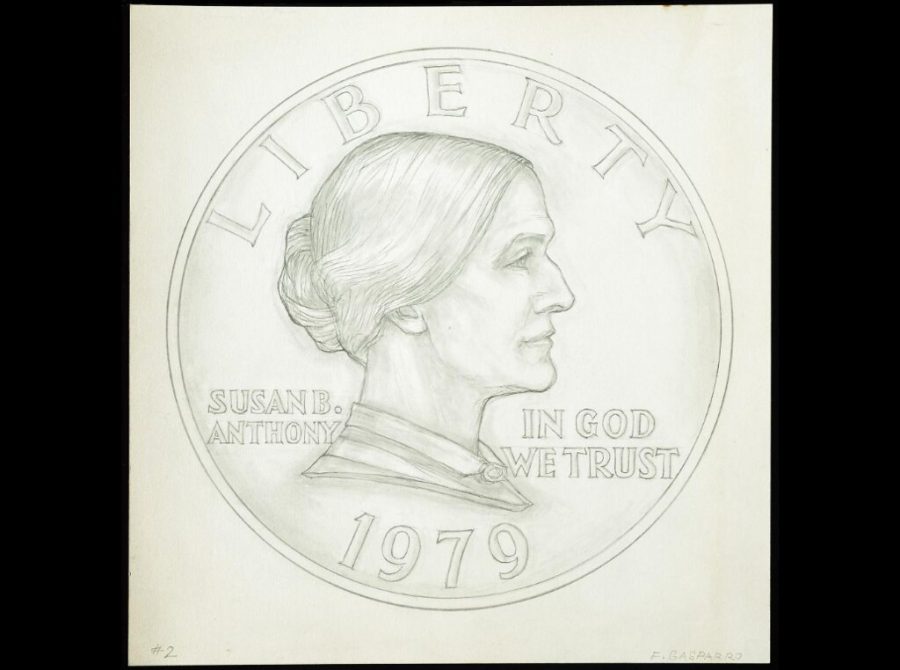Have Women’s Rights Moved Forward in the United States in the Past Generation?
April 22, 2021
How long has it been since the 19th Amendment, securing for women the right to vote, passed? Don’t worry—I’m not your history teacher. It was passed on June 4, 1919, and went into effect a year later on August 18, 1920. But that didn’t necessarily change everyday life. Let’s take the 1960s, a decade of change, as a point of reference. At that time, more women were entering the workforce, but they still faced discrimination, obvious gender disparities, and sexual harassment at work. Women were not allowed to do certain things that men could—such as get a credit card or attend certain Ivy League schools.
An law called the Equal Credit Opportunity Act (ECOA), passed in 1974, has long since prohibited credit discrimination on the basis of gender and sexual orientation. Recent ownership reports show that 97 million women have at least one credit card, while only 95 million men do. A comparison of men and women’s salaries over the decades, conducted by the U.S. Census and reported by the National Committee on Pay Equity, shows that in 1965 the earning gap was 59.9%, which is $11,939 in today’s money. In 2019, there was a difference of 82% or $10,157. On the other hand, today most Ivy League institutions have a higher percentage of women than men. Statista reports that Harvard University, for example, is 52.1% female; Cornell University is 54.2% female.
Professional sports have seen opportunities open up for women but only to a certain extent. Women in sports receive much lower salaries than men, and they don’t get as many endorsements or sponsors. According to Adelphi University, the average woman playing professional golf gets paid $48,993, but a man receives $1,235,495; in basketball, the average woman earns $75,181, and men average $8,321,937. The level of support also varies dramatically. Football and men’s basketball attract large crowds. Women’s basketball and other women’s sports such as badminton don’t receive a lot of attention.
Another area of concern is sexual harassment. In one 2015 survey, one out of three women aged 18 to 34 experienced sexual harassment at work. Of that, 81% experienced verbal harassment, and 44% reported unwanted touching. It is difficult to know how much this has changed over the decades, especially since it used to go unrecorded and unreported, but it remains a major concern for women in the workplace.
The struggle for women’s equality continues.
Sources
Adelphi University. “Male vs Female Professional Sports Salary Comparison.” Adelphi University Online, 13 Apr. 2021, online.adelphi.edu/articles/male-female-sports-salary.
Miles, Grace. “From Equality to Equity: The Pursuit of Pay Equity under the Equal Pay Act 1972.” SSRN Electronic Journal, 2015. Crossref, doi:10.2139/ssrn.2779924.
“19th Amendment to the U.S. Constitution: Women’s Right to Vote (1920).” Our Documents – 19th Amendment to the U.S. Constitution: Women’s Right to Vote (1920), www.ourdocuments.gov/doc.php?flash=false&doc=63.
“Pay Equity Information.” Pay Equity, www.pay-equity.org/info-time.html. Accessed 15 Apr. 2021.
Statista. “Distribution of Students in Ivy League Schools by Gender Class of 2024.” Statista, 27 Oct. 2020, www.statista.com/statistics/941434/ivy-league-gender-makeup-class.
“The 1960s: A Decade of Change for Women.” U.S. News & World Report. www.usnews.com/news/articles/2010/03/12/the-1960s-a-decade-of-change-for-women.
